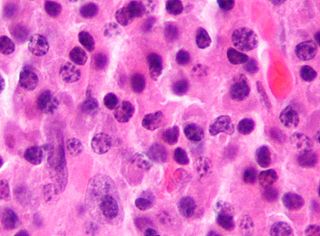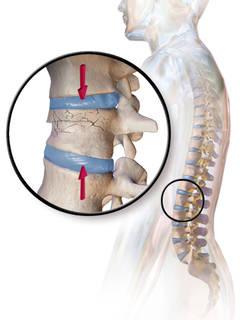 | |
| Clinical data | |
|---|---|
| AHFS/Drugs.com | International Drug Names |
| ATC code | |
| Identifiers | |
| CAS Number | |
| PubChem CID | |
| ChemSpider | |
| UNII | |
| KEGG | |
| ECHA InfoCard | 100.056.703 |
| Chemical and physical data | |
| Formula | C148H244N42O47 |
| Molar mass | 3363.78 g/mol g·mol−1 |
| 3D model (JSmol) | |
| |
| |
| (verify) | |

Elcatonin is a calcitonin derivative used as an anti-parathyroid agent.

Calcitonin is a 32 amino acid peptide hormone secreted by parafollicular cells (also known as C cells) of the thyroid gland in humans, and in many other animals in the ultimopharyngeal body. It acts to reduce blood calcium (Ca2+), opposing the effects of parathyroid hormone (PTH).
It is transformed from eel's calcitonin by changing the S-S bond into a stable C-N bond. It inhibits the absorption and autolysis of bones and thus leads to lowering of blood calcium. It inhibits bone salts from dissolving and transferring and promotes the excretion of calcium and phosphorus in the urine. It inhibits renal tubules reabsorbing calcium, phosphorus and sodium and keeps blood calcium at a normal level.[ citation needed ] It is mainly used for remitting or eliminating pain caused by osteoporosis. [1] [2]
In biology, autolysis, more commonly known as self-digestion, refers to the destruction of a cell through the action of its own enzymes. It may also refer to the digestion of an enzyme by another molecule of the same enzyme.

Osteoporosis is a disease in which bone weakening increases the risk of a broken bone. It is the most common reason for a broken bone among the elderly. Bones that commonly break include the vertebrae in the spine, the bones of the forearm, and the hip. Until a broken bone occurs there are typically no symptoms. Bones may weaken to such a degree that a break may occur with minor stress or spontaneously. Chronic pain and a decreased ability to carry out normal activities may occur following a broken bone.











